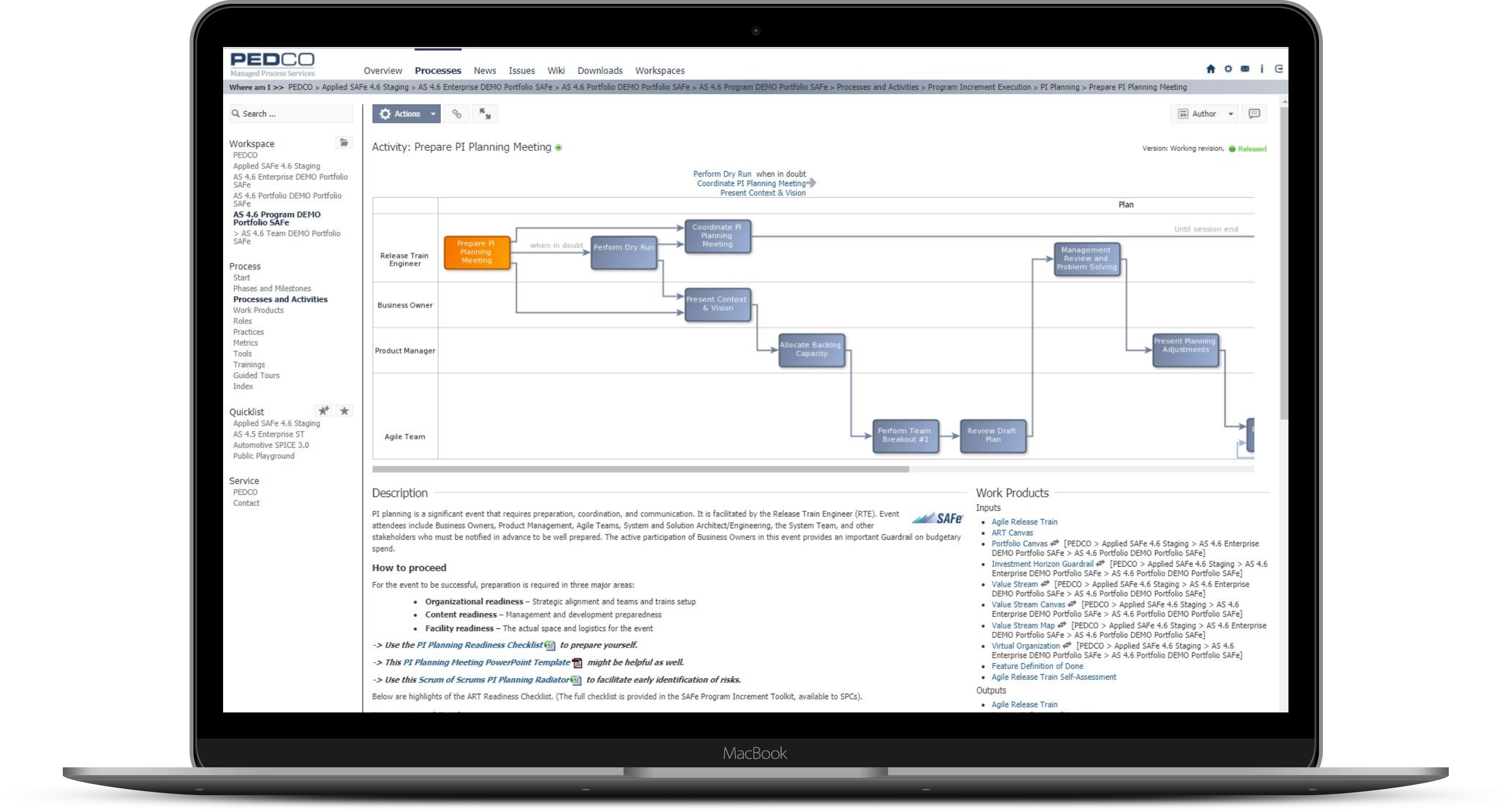In the series “5 Things I wish I’d known before my first PI Planning” by our partner Rentouch, Stefan Küffer, Principle Process Engineer at PEDCO, and Peter Pedross, CEO and Founder of PEDCO, explain their experiences and suggestions on conducting and being a part of a PI Planning.
There are a number of key challenges you have to overcome when you are planning your first PI Planning. Here we will explain each of these challenges and why it’s important to keep them in mind.
Prior to beginning your PI Planning, it’s important to make sure that your backlog is ready. It’s important to have at least the number of epics or features prepared with stories that you want to discuss within your PI Planning. This is important for the efficiency of the PI Planning itself, because, if there is no backlog the teams don’t know what to prepare and you lose efficiency.
Another key motivating factor is the attendance of management. It’s essential that managers, CTO’s, and/or Key Architects, are explaining their vision so they can set the context for their teams, which allows them to prioritize efficiently. Also, after the breakout session, the management needs to be there to support and help the teams to mitigate the risks and issues that may have come up during the PI Planning.
Another important topic is logistics – SAFe already gives you a lot of advice as to what you need to keep in mind and do during this session. However, it’s important that you understand what you have to do and how to deal with the new strategies that come up during PI Planning. The teams that are not able to be at the session physically need to be able to connect via video easily to continue the conversations. Teams need to be able to work together in a big group, even if they are not all located in the same spot, allowing them to have easy access to anyone they need.
Overall, understanding the complexity of the product is very important, the more dependencies you have between teams the longer you need for planning. SAFe suggests that you do it for 2 days. Sometimes you have quite special experiences and it’s important for the teams to decide what they take into the trains and discuss with their teams.
Lastly, it’s important to be flexible and agile so that depending on what comes up during that PI planning you are able to change your behavior towards a lean-agile mindset.
Watch Stefan’s full video below!
Peter Pedross, Founder and CEO of PEDCO AG was also interviewed in this series. When talking about PI Planning and it’s application in SAFe Peter focuses on our own product Applied SAFe.
The first challenge we see in PI Planning is that there hasn’t been enough preparation within the organization. A lot of people are, of course, preparing the backlog, etc. however, “what I really see is that people are lacking in having a very clear vision,” says Peter. In tandem with this what is mostly lacking is having an architecture that supports agile development. As you develop new components within your software it’s important to make sure that your architecture is agile so you can work in this manner.
Watch the full view to learn more about what Peter has to say about PI Planning and how it connects with our platform, Applied SAFe.
Future product development tasks can’t be predetermined. Distribute planning and control to those who can understand and react to the end results.
—Michael Kennedy, Product Development for the Lean Enterprise
Within Applied SAFe you are able to see the PI Planning Process. A Process within Applied SAFe is a logical sequence of related activities that describes, what, when, by whom, and how this process should be done. On the screenshot to the left, you will see the “Prepare PI Planning Meeting” Activity. Here you can note the exact Roles that are involved within this activity as well as, how each of the various activities are connected to each other. You will also see the inputs and outputs of this specific activity along with the full Roles on who is responsible, who is supporting, accountable, informed, and consulted.
We have also fully integrated the piplanning app into Applied SAFe and it is available as a configurable option. It’s important to remember that this is exactly what you will need for tool validation when looking at regulatory environments. Learn more about it here.
Interested in learning more about Applied SAFe? Send us an email at appliedsafe@pedco.eu!




